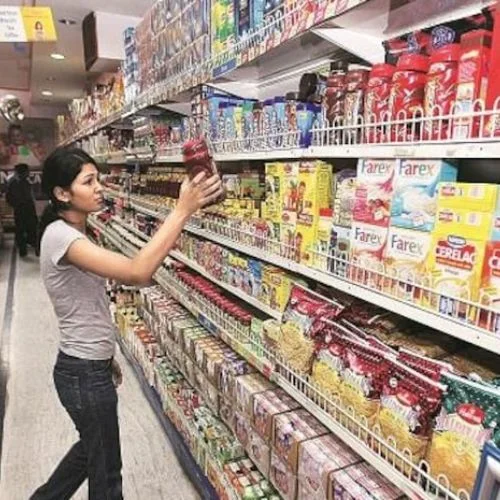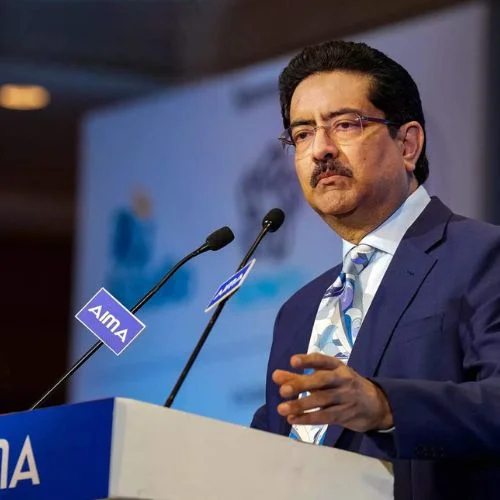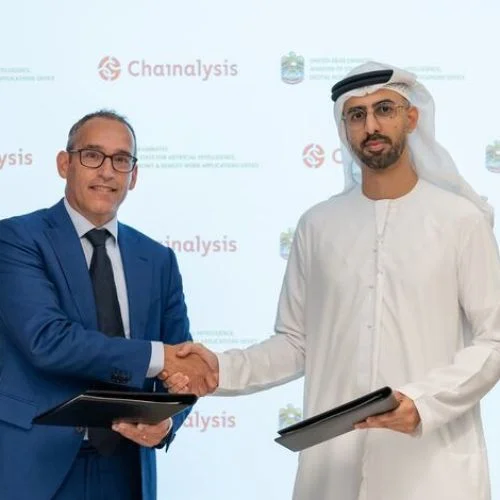“Learn about Kavach, India’s Automatic Train Protection (ATP) system, developed to prevent train accidents caused by human error. With its advanced technology and comprehensive safety features, Kavach aims to monitor and control train speed, ensuring safe operations.
Discover the urgent need for implementing Kavach and other advanced safety measures in the Indian railway system following the recent tragic train accident in Balasore. Read more to understand how Kavach can make a significant difference in preventing such accidents and enhancing passenger safety.”
The recent train accident in Balasore has once again highlighted the need for advanced safety measures in the Indian railway system. Among the many safety measures being discussed, one that stands out is the Automatic Train Protection (ATP) system called Kavach.
What is Kavach?
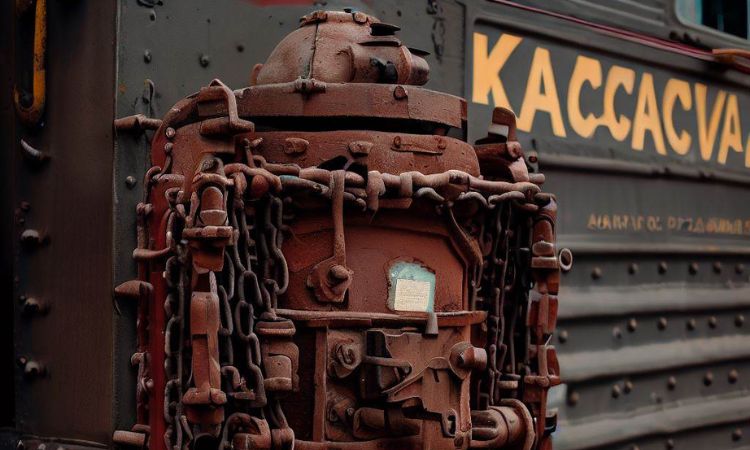
Kavach is an Indian-developed ATP system that is designed to prevent train accidents caused by human error. The system uses advanced technology to monitor and control the speed of trains, ensuring that they stay within safe limits at all times. Kavach is designed to work in conjunction with other safety systems, such as the Train Collision Avoidance System (TCAS) and the Train Protection Warning System (TPWS), to provide a comprehensive safety net for trains.
How does Kavach work?
Kavach uses a combination of sensors, GPS, and communication technology to monitor the speed and location of trains. The system is designed to automatically slow down or stop a train if it is traveling too fast or approaching a danger zone. The system also provides real-time information to the train driver, allowing them to make informed decisions about how to operate the train safely.
Why is Kavach important?
Train accidents in India are often caused by human error, such as driver fatigue, distraction, or failure to follow safety protocols. Kavach is designed to eliminate these risks by taking control of the train’s speed and movement, ensuring that it stays within safe limits at all times. The system is also designed to work in all weather conditions and on all types of tracks, making it a versatile and reliable safety measure for the Indian railway system.
The Balasore incident and the need for Kavach
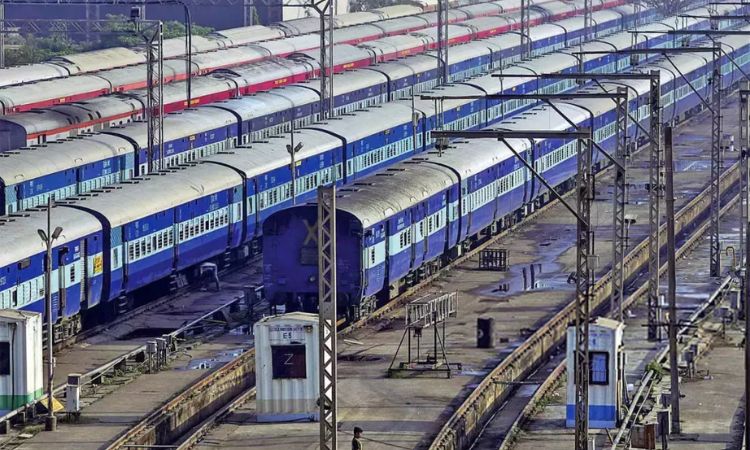
Image@credit- ET
The recent train accident in Balasore, which claimed the lives of several passengers, has once again highlighted the need for advanced safety measures in the Indian railway system. While the exact cause of the accident is still under investigation, it is clear that human error played a role. In this case, the train driver reportedly ignored warnings and signals, leading to the collision.
This is where Kavach could have made a difference. If the train had been equipped with Kavach, the system would have automatically slowed down or stopped the train, preventing the collision. The incident underscores the urgent need for the Indian railway system to adopt advanced safety measures such as Kavach to prevent such accidents in the future. But later this reasoning was brushed off by the Railway minister and Railway Board.
Now; let’s look at five major train accidents that have taken place in the last 10 years in India.
1. Indore-Patna Express Derailment (2016): On November 20, 2016, the Indore-Patna Express derailed near Pukhrayan, Kanpur Dehat district, Uttar Pradesh. The accident resulted in the loss of 150 lives and injured more than 150 people.
2. Amritsar Train Tragedy (2018): On October 19, 2018, during the Dussehra festival, a train ran over a crowd near Joda Phatak in Amritsar, Punjab. The people were standing on railway tracks to watch the burning of Ravana effigy. The accident claimed the lives of at least 60 people and injured many others.
3. Kanpur Train Derailment (2016): On November 20, 2016, the Patna-Indore Express derailed near Kanpur, Uttar Pradesh. The accident resulted in the loss of 150 lives and injured more than 150 people. It was one of the deadliest train accidents in India in recent years.
4. Howrah-Kalka Mail Derailment (2013): On July 10, 2013, the Howrah-Kalka Mail derailed near Fatehpur, Uttar Pradesh. The accident claimed the lives of at least 25 people and injured more than 100 others. The derailment was attributed to a fracture in the rail track.
5. Pukhrayan Train Derailment (2016): On November 20, 2016, the Patna-Indore Express derailed near Pukhrayan, Kanpur Dehat district, Uttar Pradesh. The accident resulted in the loss of 150 lives and injured more than 150 people. It was part of the same incident as the first one mentioned on this list.
Ensuring safety and preventing train accidents require a multi-faceted approach. Here are five key areas where railways can focus to enhance safety measures:
1. Infrastructure Maintenance: Regular maintenance and inspection of railway tracks, signals, bridges, and other infrastructure components are crucial to prevent accidents. This includes monitoring and repairing any defects, ensuring proper track alignment, and addressing issues promptly to prevent derailments or collisions.
2. Advanced Signaling Systems: Implementing advanced signaling systems, such as Automatic Train Control (ATC) and Positive Train Control (PTC), can significantly enhance safety. These systems use technology to monitor train movements, enforce speed restrictions, and provide real-time information to train operators, reducing the risk of human error.
3. Training and Education: Comprehensive training programs for railway staff, including train operators, maintenance personnel, and dispatchers, are vital. Training should cover emergency procedures, operating protocols, safety regulations, and hazard identification. Regular refresher courses and ongoing education help maintain a high level of safety awareness.
4. Safety Culture and Reporting: Establishing a strong safety culture within the railway industry is crucial. Encouraging employees to report safety concerns, near-misses, or potential hazards without fear of reprisal is important for identifying and addressing issues proactively. Implementing a robust reporting system and analyzing data from incidents can lead to targeted safety improvements.
5. Technology Integration: Embracing technological advancements can enhance safety. Implementing features like train collision avoidance systems, automatic braking systems, and improved communication systems can help prevent accidents. Additionally, utilizing data analytics and artificial intelligence for predictive maintenance can identify potential failures before they occur.
Conclusion:-
The Indian railway system is one of the largest and busiest in the world, and ensuring its safety is a top priority. The development and adoption of advanced safety systems such as Kavach is a crucial step towards achieving this goal. The recent Balasore incident is a tragic reminder of the importance of investing in such systems, and we hope that the Indian railway authorities will take swift action to ensure that Kavach and other safety measures are implemented across the system as soon as possible.









